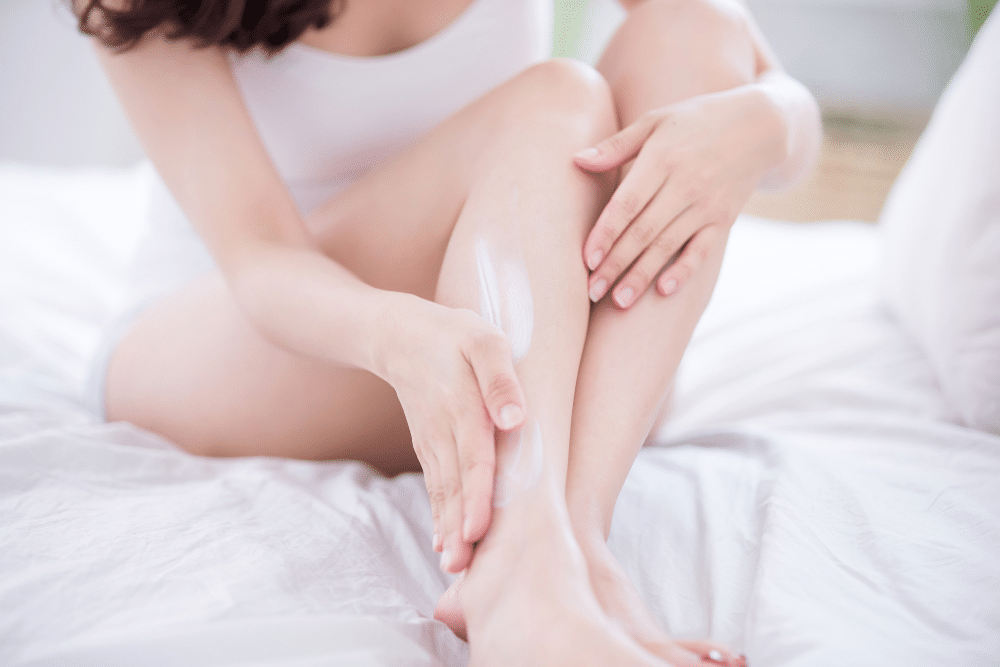Itchy, red, bumpy skin is annoying, unpleasant, and unsightly. How to treat a skin allergic reaction? Skin rash can be caused by a variety of factors, including contact with specific plants (such as poison ivy), as well as allergic responses to medications or foods. A disease like contact dermatitis, measles, or chickenpox can also produce skin rash.
Even while skin allergies are irritating when they occur, once a person understands what causes them, they may be treated and prevented. Because the common skin conditions of the face are more sensitive than elsewhere, and because individuals use numerous face creams and other items on their faces, allergies may be more frequent there. The signs and causes of skin allergic reactions on the face and how to treat and avoid them are discussed in this article.
Symptoms:

An allergic reaction’s symptoms vary based on the trigger chemical, often known as an allergen. After applying face cream, one individual may acquire a red rash in one region, while another who inhales pollen may develop a broad rash. An allergic response on the face might cause the following symptoms of skin allergy
- A rash or hives
- Puffy, raised areas of skin
- Small, red spots on the skin
- Skin rashes that itchy, stinging, or burning sensation
- Swollen lips and eyes
Treatment of skin allergic reaction:

The kind of allergy and the location and intensity of the symptoms determine the course of skin allergy treatment. The following are the primary treatments:
Antihistamines
Antihistamines can help rashes and hives on the face by reducing swelling, redness, and itching. They can also assist with symptoms including watery eyes, stuffy noses, and difficulties breathing. If a person is aware that they will be exposed to an allergen, they can take an antihistamine before exposure to avoid or minimize the reaction of allergy rash. Antihistamines may be purchased online in the form of pills, lotions, eye drops, and nasal sprays.
Corticosteroids
Corticosterone-containing creams, sprays, and eye drops can assist in decreasing inflammation. They can assist with breathing problems by opening up the airways in the nose. Mild corticosteroid creams can be purchased over the counter, but heavier creams and oral steroids often require a prescription.
Moisturizers
Emollients, whether over-the-counter or prescribed, can help hydrate dry skin and relieve irritation. They also provide a barrier against allergens by forming a film. Online, you may acquire a variety of rash creams.
Using a cold compress
Itching and irritation can be relieved with a cold, moist towel. These can be applied to the skin as needed to relieve pain.
Immunotherapy
Immunotherapy may be recommended by a doctor for severe or chronic allergies. For up to three years, a person is progressively exposed to an increased dosage of an allergen so that the body can become used to it. This can help to decrease the severity and duration of the symptoms.
Endnote:
An allergic response on the face can be caused by a variety of factors. The majority of allergic responses are minor and may be managed with antihistamines. Severe, worsening, or persistent allergies or allergic contact dermatitis should be discussed with a doctor. A strong response might indicate anaphylaxis, which needs immediate medical treatment. Antihistamines and avoiding known allergens are two of the most effective ways to prevent allergic responses.




